How to install mysql in Ubuntu 14.04
Everyone who has contacted MySQL knows that installing MySQL under Windows is a very big thing, but installing MySQL on other Linux systems such as Ubuntu is much easier. The specific tutorial is as follows .
1、 Enter the MySQL installation command "sudo apt-get install mysql-server" in the Ubuntu command line, as shown in the figure below.
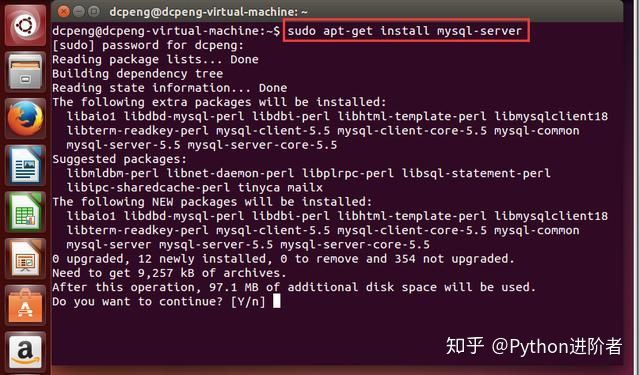
2、 MySQL installation is in progress, wait for the installation to complete.
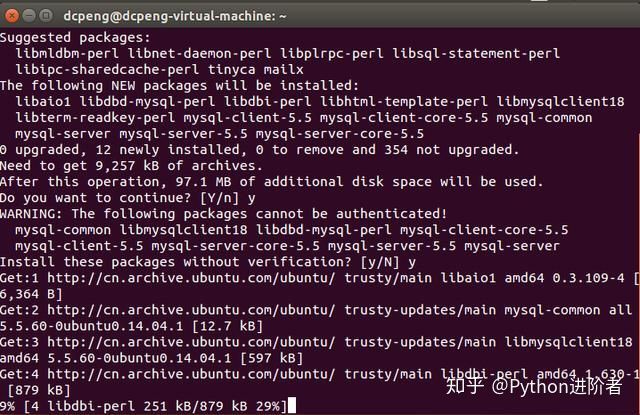
3、 If MySQL has been installed before, if you encounter a new version of MySQL at this time, you will need to configure it, as shown in the figure below.

If you do not set a new password here, the password is the same as the previous MySQL; if you want to set a new password, just enter the new password.
4、 Reset the new password here, and then a window for entering the new password again will pop up, as shown in the figure below. After the setting is complete, click "ok".
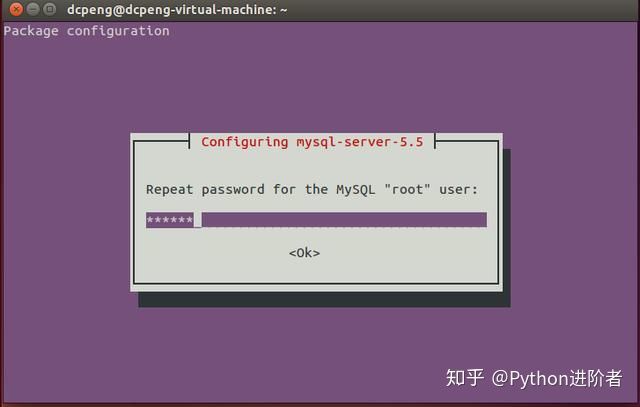
5、 Then proceed according to the procedure, as shown in the figure below.
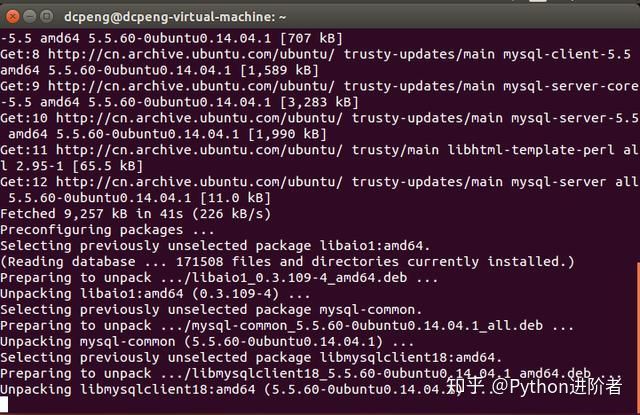
6、 Wait for the MySQL installation to complete, after it is completed, as shown in the following figure.
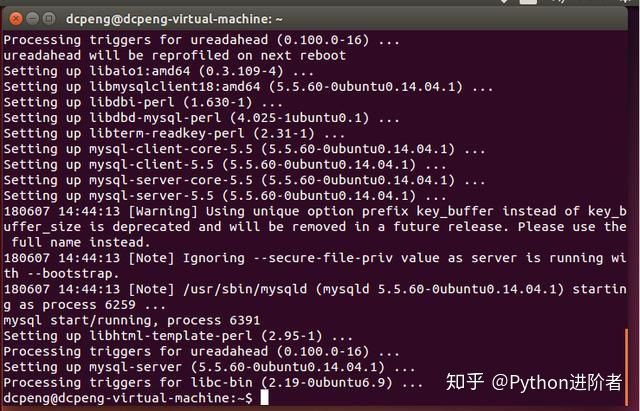
7、 At this point, use the command: ps aux | grep mysqld to check to see if mysql has been started.

You can see that mysql has been started, and on the left you can see that the process number of mysql is 6391.
8、 After mysql is started, you can enter the command in the command line: mysql -u root -p, and then enter the password you set before to enter the MySQL database.
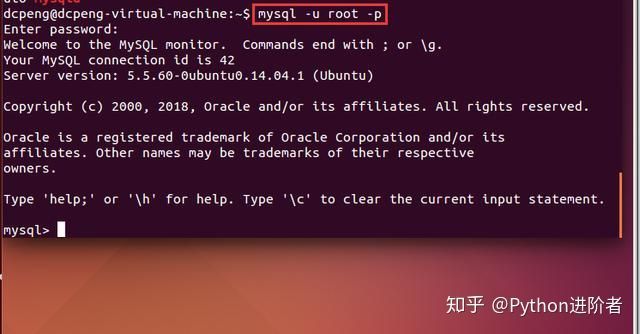
9、 Then you can use MySQL normally, and operations such as adding, deleting, modifying, and checking can be performed normally, as shown in the following figure.
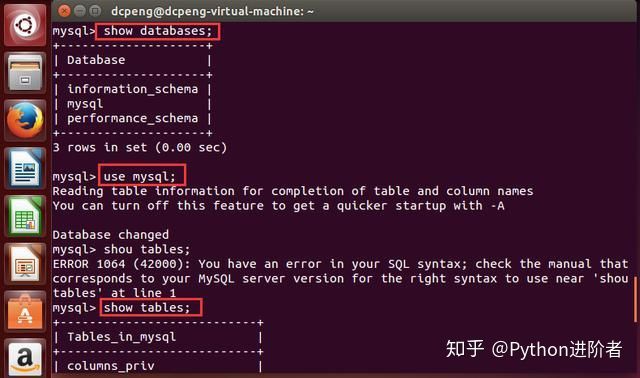
10、 If you want to exit the MySQL database, simply enter "exit" or "quit", as shown in the figure below.

At this point, the installation of MySQL in Ubuntu has been completed, do you think it is easier than MySQL installation under Windows?
Recommended Posts